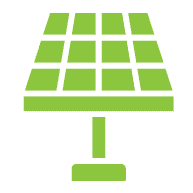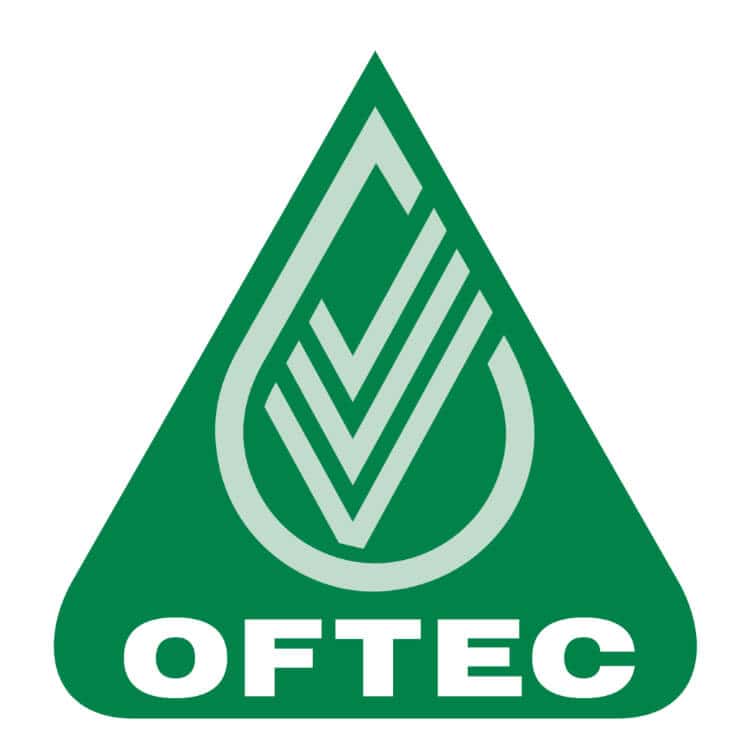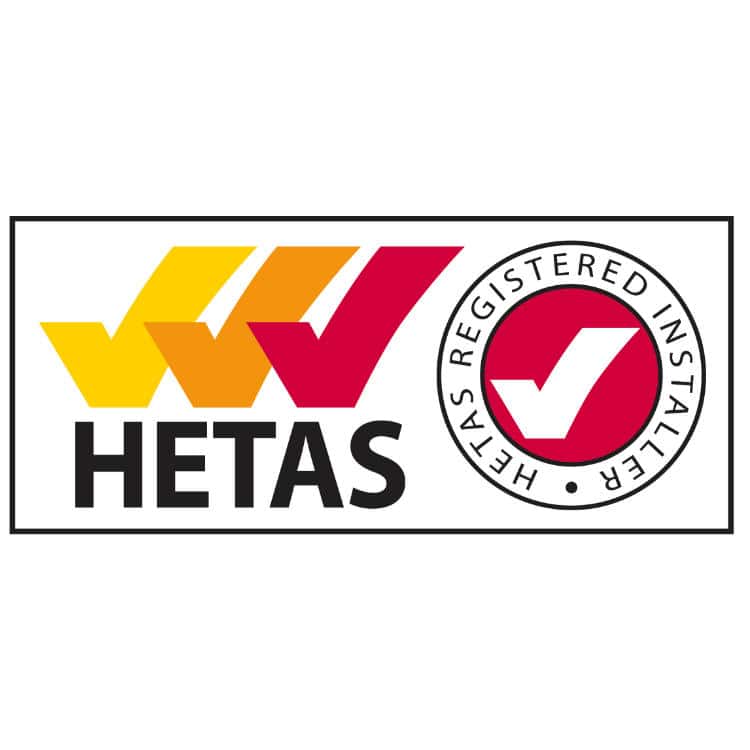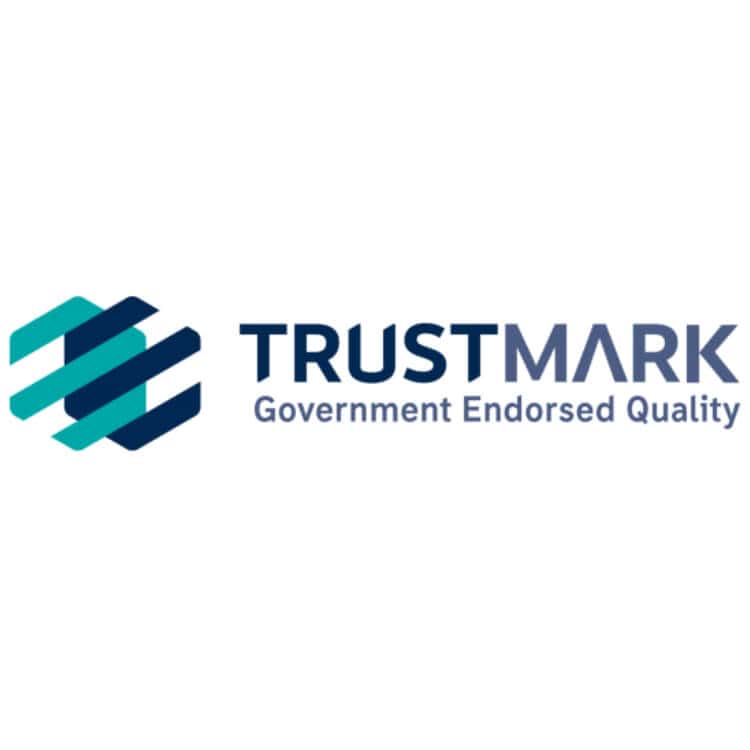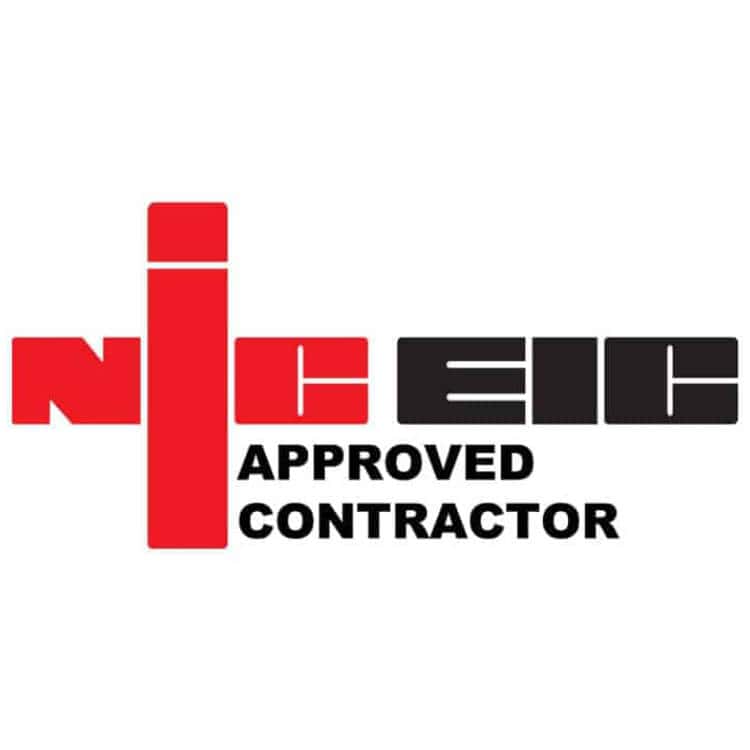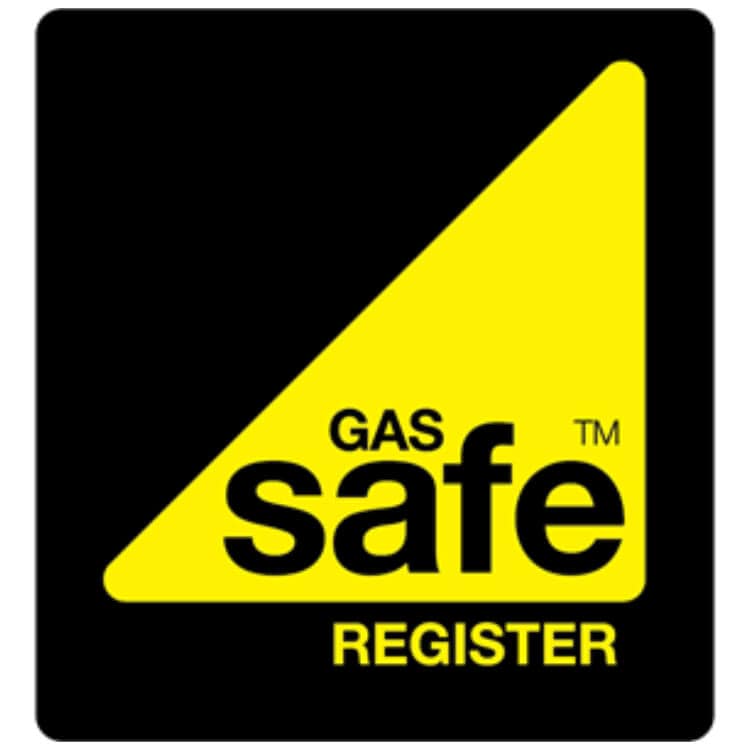Solar PV Installation
in Teesdale and
the North East
Harness the power of the sun to reduce your electricity bills and take control of your energy costs. Whether you’re a homeowner looking to cut your monthly outgoings or a business seeking to reduce overheads, our team designs and installs solar PV systems tailored to your property and energy needs across Teesdale and the wider North East.
As a family-owned business based in rural Teesdale, we bring local knowledge and understanding to every installation. Our team understands the unique challenges and opportunities of properties in the North East, from traditional stone farmhouses to modern commercial buildings. This local expertise ensures your system is designed to perform optimally in our specific climate and built environment.
Unlike many installers, we provide advanced monitoring capabilities with every system. Our Solar Edge technology allows for individual panel monitoring, meaning we can identify and address any issues promptly. This panel-level optimisation also ensures that if one panel’s performance is compromised, the rest of your system continues to operate efficiently, maximising your energy generation.
We pride ourselves on honest advice and bespoke solutions. We won’t recommend a system that’s not right for your property or needs. Our designs are based on thorough assessments and calculations, ensuring you receive a system that delivers the best possible return on investment. This customer-first approach has earned us an excellent reputation across Teesdale and beyond, with much of our business coming from recommendations.
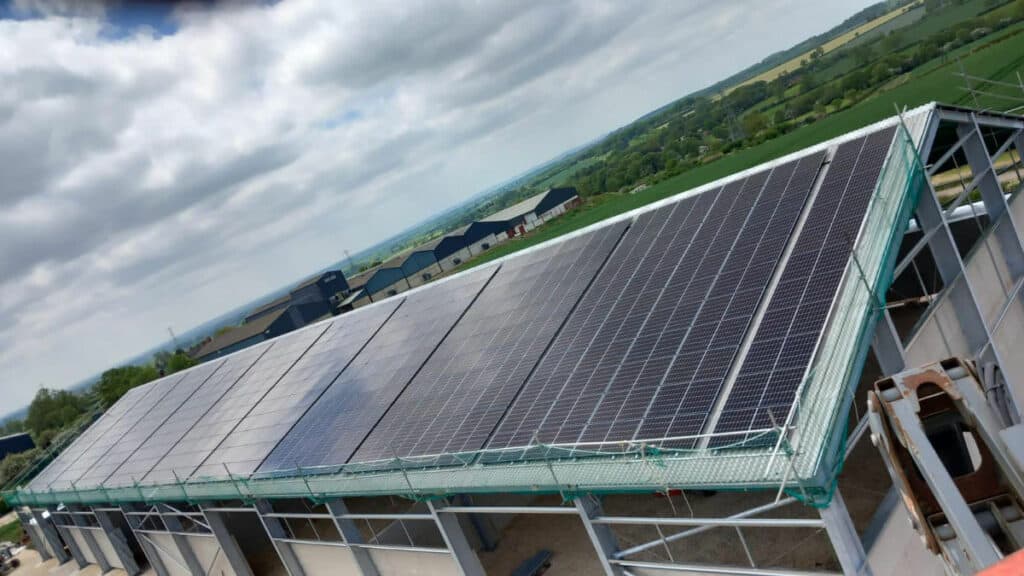
Free Energy When You Need It Most
Solar panels generate electricity whenever there’s daylight – and yes, that works even on our famously cloudy North East days. The energy you produce powers your home or business appliances, charges your electric vehicle, and significantly reduces what you pay to the grid. Any surplus electricity you don’t use can either be stored in batteries for later or exported back to the grid, earning you money through export tariffs.
The beauty of solar is its simplicity: once installed, your system quietly works away in the background, cutting your bills year after year. With electricity prices continuing to rise, the savings only get better over time.
We’ll Only Recommend What Actually Works for You
Here’s something you won’t hear from every installer: we won’t sell you a system that doesn’t make sense for your property. If your roof isn’t suitable, or if the numbers don’t stack up, we’ll tell you straight away.
We start every project with a proper consultation. We’ll ask about your annual electricity usage, how much you currently pay, where your panels would go, and what space you have available. Then we design a system specifically for your needs – not a one-size-fits-all package.
Take battery storage, for example. Lots of companies will try to sell you panels and batteries together from day one. We often recommend installing just the panels first, monitoring your usage for six to twelve months, then deciding if batteries make financial sense. It’s not always the answer everyone wants to hear, but it’s the honest one.
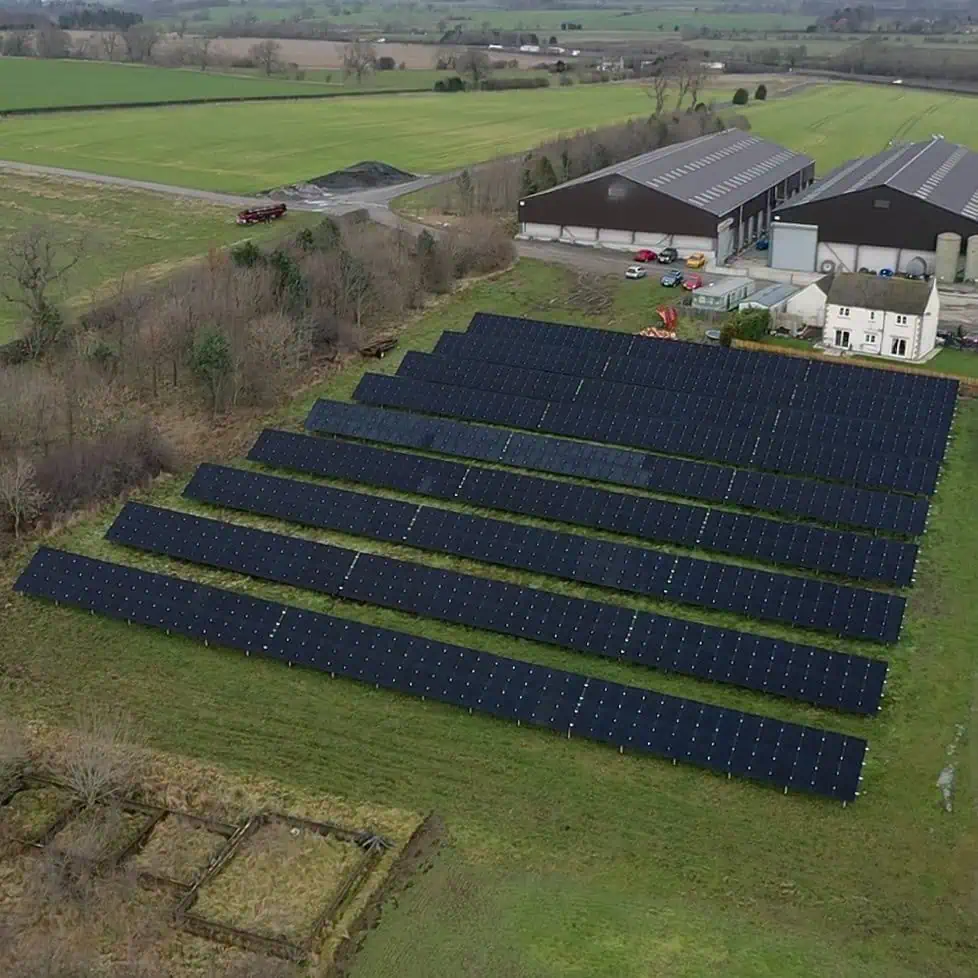
The Installation Process
Our straightforward installation process is designed to make your transition to solar energy as smooth as possible:
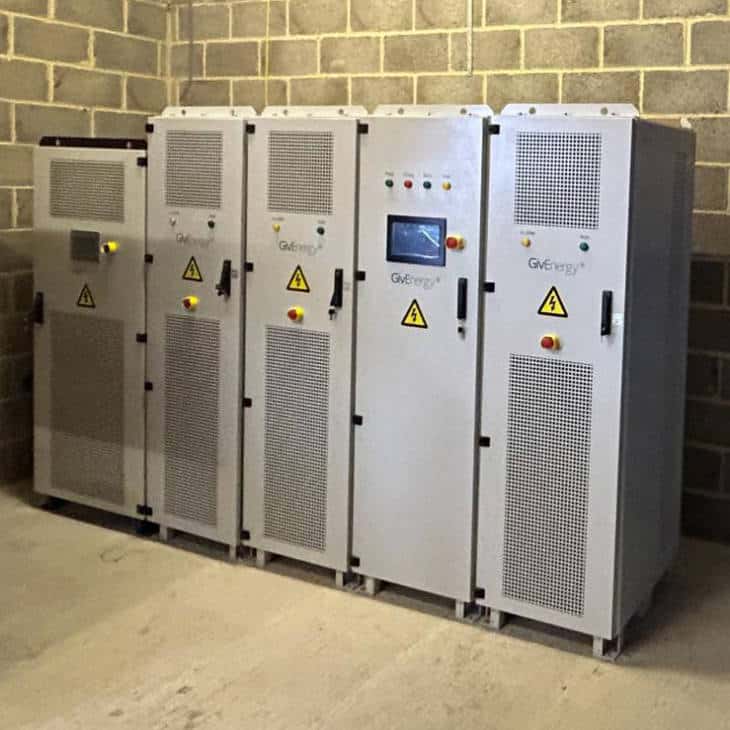
Why We Use Optimiser-Driven Systems
We primarily install Solar Edge systems because they offer significant advantages over standard installations. Each panel has its own optimiser, which means you can monitor every individual panel’s performance through the app.
More importantly, if one panel develops a fault or gets shaded, it doesn’t bring down your entire system. With older string systems (like traditional Christmas lights), one faulty panel stops them all. With Solar Edge optimisers, the rest of your panels carry on working normally.
This technology also means we can design systems that work around chimneys, roof windows, or awkward roof shapes – maximising your generation potential even on complicated roofs.
Will Solar Work on My Property?
South, East, or West?
Traditionally, everyone wanted south-facing roofs. But here’s an interesting development: many European countries now recommend east-west configurations. Why? Because east-facing panels start generating as soon as the sun rises, and west-facing panels keep going until sunset. You get a longer generation period throughout the day.
The honest answer is that we’ll work with whatever your property offers and design the most effective system for your specific roof orientation.
Roof Types
We can install on most roof types using either hook systems (mounted above your existing tiles) or in-roof systems (where we remove tiles and the panels become part of your roof covering).
One local challenge: traditional Teesdale stone roofs can be problematic. The diminished courses and stone structure make installations risky, potentially compromising your roof’s integrity. If you have a stone roof, we’ll assess it honestly and only proceed if we’re confident it’s safe.

From First Call to Generating Your Own Electricity
We’ve streamlined the process to make going solar as straightforward as possible:
- Premium solar panels with 25-year manufacturer warranties
- Optimised mounting systems suitable for various roof types
- Solar Edge inverters with individual panel monitoring capabilities
- Optional battery storage solutions to maximise self-consumption
- Comprehensive monitoring systems to track performance
Each component is carefully selected to work seamlessly together, ensuring maximum efficiency and longevity.
Investment and Payback
A typical domestic system (3.6-5kW with 14-16 panels) costs between £8,000 and £13,000, including VAT. The expected payback period is around ten years, though this improves as electricity prices rise.
Here’s what’s included in that price:
- All panels and mounting equipment
- Solar Edge inverter and optimisers
- Full MCS certification (required for export tariffs)
- DNO application management
- Professional installation
- System setup and handover
We provide detailed payback calculations based on current electricity prices, showing your expected monthly savings and return on investment. It’s a genuine financial decision, and we make sure you have all the numbers before committing.
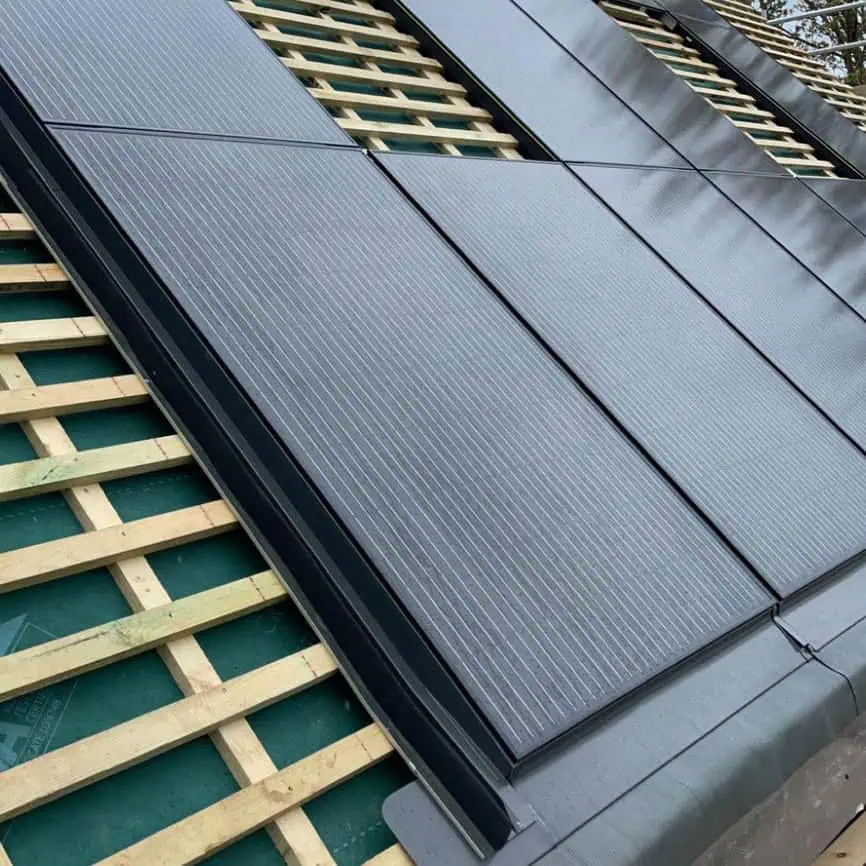

Do I Need Planning Permission?
Domestic Properties
Most home installations don’t require planning permission, thanks to permitted development rights – as long as your panels sit within 500mm of your roof edge. If you want panels right to the edges or on a listed building, planning permission is needed.
Commercial Properties
Business installations do require planning permission. We work with community centres, village halls, farms, and commercial premises regularly, and we’ll support you through the entire planning process.
Testimonials
In my 90th year and almost housebound I find that I have to rely more heavily on family, friends and a wide variety of firms and organisations. I have used Teesdale Renewables for many years for plumbing, heating and lighting issues. The office staff and workforce have been unfailingly efficient, helpfuland friendly over that time.Very recently I had a new central heating boiler installed and replacement lights fitted in the porch and under kitchen cupboards. The boiler change was completed within the day causing minimum disruption to the normal function of the house in respect of water and gas supplies and is proving to be very efficient and effective. The lights were installed in a few hours and are superb.I would never think of going anywhere else for the services provided by Teesdale Renewables so effectively and at reasonable cost.
Thank you for the excellent service from staff member of the electrician team- he was very capable, experienced and well mannered. I will definitely be using your services again.
Thanks for the invoice for the installation of our wood burning stove. We are delighted with the stove and with the work undertaken.
Should I Add Battery Storage?
Battery storage lets you save surplus solar energy for use when the sun isn’t shining – typically in the evening when you’re cooking dinner, watching TV, or running appliances.
Our approach is practical: install your solar panels first, monitor your export levels for six months to a year, then make an informed decision about whether batteries make financial sense for your situation.
Batteries come in 2.5kWh increments, up to around 10kWh for most domestic systems. They add a couple of years to your overall payback period, but they do increase your energy independence and maximise the value of your solar generation.
If you’re in a remote location where power cuts are a concern, we can install backup systems that keep essential circuits running when the grid goes down – something that’s become increasingly relevant with our more extreme weather.


What Happens After Installation?
Maintenance
There’s currently no legal requirement to service solar panels. However, we offer optional solar health checks to ensure your system continues performing optimally.
The Solar Edge app gives you live monitoring, so you’ll notice if anything isn’t working properly. If a fault develops, we can often diagnose it remotely and arrange a visit if needed.
Warranties
Component warranties vary:
- Solar panels: typically 25 years
- Inverters: usually 10-12 years
- Batteries (if added): around 12 years
Solar Edge’s after-sales support is excellent. On the rare occasions we’ve had faulty components, they’ve sent replacements promptly with minimal fuss.
Charging Your EV with Solar
If you have an electric vehicle, solar panels make tremendous sense. Instead of paying 25-27p per kWh from the grid to charge your car, you’re using free electricity you’ve generated yourself.
We can install EV charging points that integrate with your solar system, prioritising solar power when available and only drawing from the grid when necessary. Combined with a battery storage system, you can even charge your car in the evening using solar energy captured during the day.
On a sunny day, your solar panels could give you around three miles of driving range for free. Over a year, that adds up to significant savings.


Solar for Farms and Businesses
We work extensively with agricultural and commercial clients across Teesdale. Farms, in particular, are ideal for solar – you’ve got the roof space on barns and outbuildings, and high daytime electricity usage from machinery, cooling systems, and water pumping.
The same honest approach applies: we’ll assess your consumption patterns, available roof space, and design a system that genuinely reduces your operating costs. Commercial systems can be scaled up significantly, with multiple arrays across different buildings if needed.
Planning permission is required for commercial installations, but we’ll guide you through that process and handle the paperwork.
Common Questions About Solar PV
How long do solar panels actually last?
Modern solar panels are designed for 25+ years of operation. The panels we install today will still be generating electricity well into the 2050s. Their efficiency does decrease slightly over time, but you’ll still see significant generation decades after installation.
What happens on cloudy days?
Solar panels still generate electricity on cloudy days – they just produce less than on sunny days. They need daylight, not direct sunshine. Even in the North East’s famously variable weather, solar systems generate worthwhile amounts of electricity year-round.
Can I add more panels later?
Yes, though it depends on your available roof space and your inverter capacity. We design systems with potential expansion in mind where possible. If you think you might want to add panels in future (perhaps when you get an electric vehicle), mention it during the initial consultation.
Will solar panels damage my roof?
Not when installed properly. We use approved mounting systems that distribute weight evenly and maintain your roof’s weatherproofing. For hook systems, we ensure fixings are properly sealed. For in-roof systems, we install weatherproof flashings around the panel array. Most installation companies are part of insurance schemes that cover any issues.
What if I move house?
Solar panels typically add value to your property – you’re offering buyers a home with lower running costs. The system stays with the house, and all warranties transfer to the new owner. Make sure the conveyancing solicitors include all documentation and warranties in the sale.
Do I need to clean my solar panels?
Rain usually does a decent job of keeping panels clean. In particularly dusty or agricultural areas, you might see some buildup, but it rarely affects performance enough to justify the risk of getting on your roof. If cleaning is needed, we can advise on safe methods.
Can I go completely off-grid with solar?
Technically yes, but it requires significant battery storage and over-sizing your solar array to account for winter generation. Most people find it more practical (and economical) to remain grid-connected, using the grid as a backup and selling excess generation back during the summer months.
What about snow covering the panels?
Snow does block solar generation, but it typically slides off fairly quickly. The panels are angled, and they generate a small amount of heat even in winter, which helps snow melt and slide away. It’s rarely an issue for more than a day or two.
Request My Consultation Today
Our straightforward installation process is designed to make your transition to solar energy as smooth as possible:


